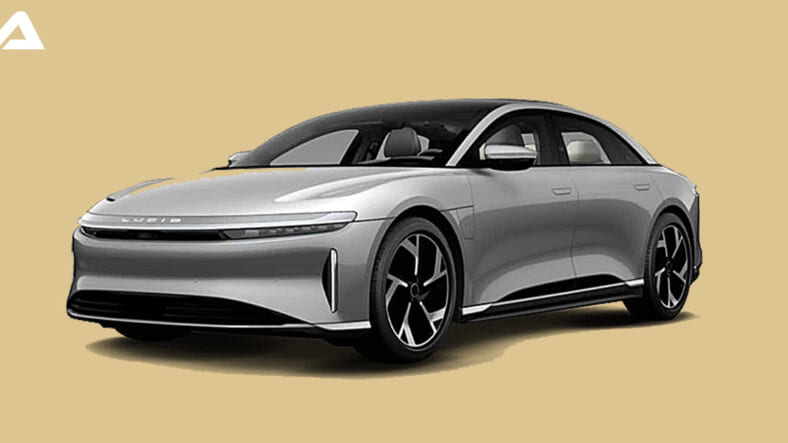How the ‘Dead Zone’ Can Help The Lucid Air Compete with Tesla
At Lucid Motors In 2016, the company unveiled the Air concept car, an all-electric vehicle. The manufacturer boasted about its […]

At Lucid Motors In 2016, the company unveiled the Air concept car, an all-electric vehicle. The manufacturer boasted about its 500-mile range and supercar-like performance. A prototype tore up a test track for the following year, reaching 235 mph. In the last ten years, many startups have launched electrical designs, many of which attempt to outperform Tesla in terms of range and efficiency, but very few have made it to production.
Lucid, a resident of Newark, California, might be the one who accomplishes this, though. Due mainly to a billion-dollar investment from Saudi Arabia, the Lucid Air sedan’s production version, which debuted in September, appears to be on a strong footing. Additionally, the Lucid Air sedan has a new facility in Casa Grande, Arizona, where manufacturing cars are already in production. Early in the next year, the eventual sale will begin.
While the performance-tuned Dream version produces a blistering 1,080 hp thanks to two highly tuned electric motors, it has a little shorter range of 503 miles than the Air Grand Touring Edition models that deliver miles on a single charge up to 517 models. More importantly, the vehicle might be the first to outperform total efficiency and match the powertrain efficiency of Tesla.
Overall efficiency, on the other hand, considers external elements like drag coefficient, weight, frontal area, and rolling resistance in addition to internal factors like the engine, power electronics, and battery systems. Because PE shows exactly how much power can be derived from a specific battery and motor combination, it is the subject of powertrain engineers’ obsession. Consumers care most about OE since it provides maximum usable space.
Researchers studying electric vehicles at Carnegie Mellon University, Venkat Viswanathan, and Shashank Sripad, predict that Lucid Air would attain an overall efficiency of 218-watt hours per mile. They have monitored the relative efficiencies of different electrical drives and studied Lucid Air over the previous few weeks. Whereas the Tesla Model S requires 250, there are other factors to consider, like the car’s weight, front area, rolling resistance, and specified range.
The Audi E-Tron obtains a total efficiency of 435-watt hours per mile using the same measured values. The Mercedes EQC and Jaguar I-Pace require 365-watt hours per mile, while the Porsche Taycan gets there at 420. These figures can be quite persuasive and aid purchasers in getting ready to purchase expensive new automobiles in a market where real efficiency and performance data are rapidly impacting consumer perceptions rather than comfort and vehicle design.
Numerous big and little design and construction choices have an impact on how efficiently Lucid operates. Still, it also helps that many of its staff, including two of its top engineers, are former Tesla personnel. The team tried to employ the same strategy that helped Tesla succeed with Lucid, focusing on low drag aerodynamics, component lightness, and—possibly most importantly—cooling.
Cooling is necessary, not simply for the battery. While this generates a lot of heat during usage and necessitates constant coolant circulation, the engine generates a lot of heat and, if not carefully handled, can reduce efficiency. Lucid plans to sell the cars by the middle of next year. At that point, EV drivers will find out if the range, performance, sleek design, and luxury feel are enough to sell the cars as quickly as they move off the starting line.
